Salvia clevelandii
User
14 years ago
Related Stories
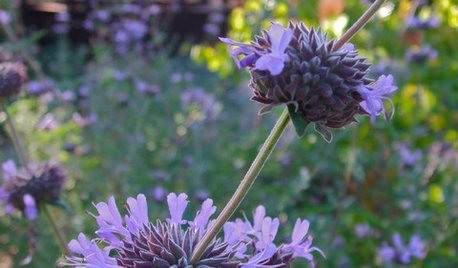
GARDENING GUIDESGreat Native Plant: Cleveland Sage
Get a whiff of this salvia for a garden experience to remember. Oh, and you can almost forget about maintenance
Full Story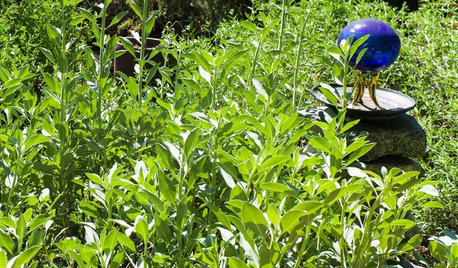
FLOWERS AND PLANTSWhite Sage Shimmers in the Water-Wise Garden
California native Salvia Apiana features silvery-green foliage and seasonal flowers that bees, hummingbirds and butterflies love
Full Story
GARDENING GUIDES6 Plants That Beat Butterfly Bush for the Wildlife Draw
It's invasive, a nonnative and a poor insect magnet. Check out these better alternatives to butterfly bush in the garden
Full Story
GARDENING GUIDESAttract Hummingbirds and Bees With These Beautiful Summer Flowers
Roll out a welcome mat for pollinators to keep your landscape in balance and thriving
Full Story
INSPIRING GARDENSNative Plants Bring 10 Southern California Front-Yard Gardens to Life
Rare plants, rain gardens and wildlife habitats are just a few of the features showcased on the 2016 Theodore Payne Native Plant Garden Tour
Full Story
EARTH DAYHow to Design a Garden for Native Bees
Create a garden that not only looks beautiful but also nurtures native bees — and helps other wildlife in the process
Full Story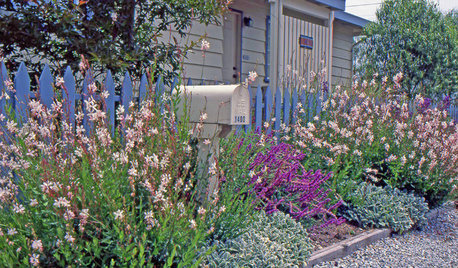
GARDENING GUIDESGreat Design Plant: Gaura Lindheimeri
Delicate, butterfly-shaped flowers ‘float’ above the foliage of this lovely, drought-tolerant perennial
Full Story
GARDENING GUIDES10 Deer-Resistant Native Flowers to Plant This Fall
Learn about natives that embrace some kinds of wildlife but resist grazing deer
Full Story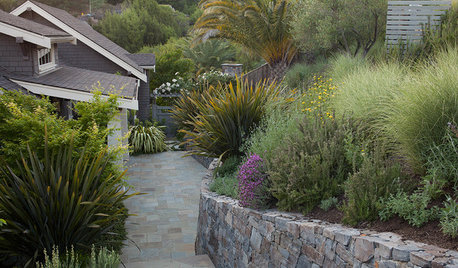
INSPIRING GARDENSSmart Plantings Grace a Hillside Garden
Fire-wise and low-water plants create a lush backdrop for bocce playing, swimming and hanging out by the fire
Full Story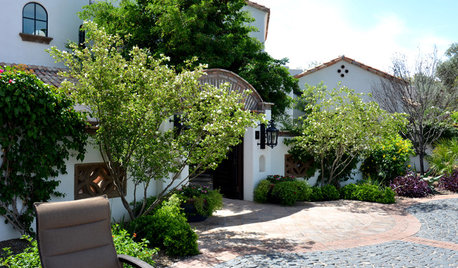
FLOWERS AND PLANTSBauhinia Lunarioides Perfumes the Garden With Its Fragrant Flowers
Bees and butterflies flock to this Texas shrub’s white and pink flowers in spring and summer
Full Story






hybridsage
CA Kate z9
Related Professionals
New Bedford Landscape Architects & Landscape Designers · Otsego Landscape Architects & Landscape Designers · Redondo Beach Landscape Architects & Landscape Designers · Costa Mesa Landscape Contractors · Desert Hot Springs Landscape Contractors · Lewisville Landscape Contractors · Mission Landscape Contractors · Richmond Landscape Contractors · Watertown Landscape Contractors · Agoura Siding & Exteriors · Orange County Siding & Exteriors · San Diego Siding & Exteriors · South Plainfield Siding & Exteriors · West Elkridge Siding & Exteriors · Woodbridge Siding & ExteriorsUserOriginal Author
rich_dufresne
ccroulet
UserOriginal Author
ccroulet
CA Kate z9
mohavemaria
ccroulet
UserOriginal Author
CA Kate z9
kelpmermaid
ccroulet
CA Kate z9
ccroulet
ccroulet
v1rt
rich_dufresne
dicot